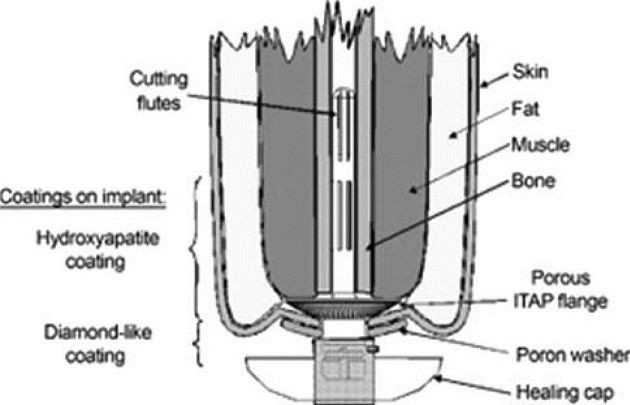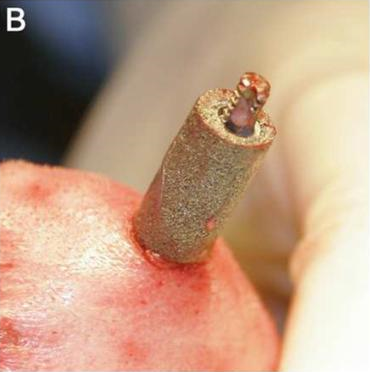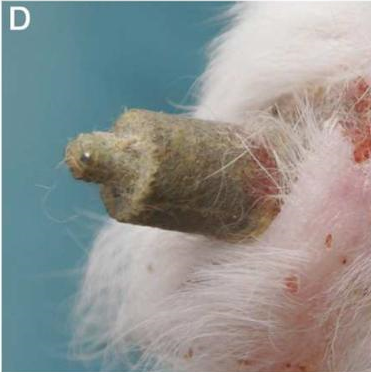New Prosthetic Leg Plugs Directly Into Skeleton; ITAP Technology Prevents Infection

If cleared by the Food and Drug Administration, a futuristic new design for prosthetic limbs could emerge in American markets. Relying on a technology known as ITAP, short for Intraosseous Transcutaneous Amputation Prosthesis, the limb secures directly to a patient’s bone, minimizing infection risk and improving mobility.
“The DSA [Direct Skeletal Attachment] procedure is still not allowed by the Food and Drug Administration in the United States,” wrote Mark Pitkin, a co-researcher on the project, in a 2013 report, “even though there are a substantial number of amputees, including US Veterans, who would benefit and whose quality of life would improve from DSA.”

At the time of writing last year’s report, Pitkin was still considering multiple implant options. ITAP was one of them, and the one he and his colleagues eventually landed on for their recent animal trials. In the study, a group of rabbits were outfitted with the porous titanium material, treated with skin cells, to allow the soft tissues of the animals’ limbs to invade the metal. As the researchers had hoped, the tissues engulfed the metal without producing an inflammatory or infectious response.
As Pitkin laments, the technology isn’t cleared for use in the U.S. (Socket prosthetics, which allow the rounded end of a limb to glide inside a device, are the only allowable forms.) But overseas, where implants have received approval for clinical study (i.e. on humans), the story is very different. Mark O'Leary, 40, was one of the 20 subjects selected for a recent test of the prosthetic. O’Leary tells The Guardian one of the greatest advantages to the new leg is how intimate the walking experience has become.
"Just knowing where my foot is, my ability to know where it is improved dramatically because you can feel it through the bone,” he said. “A textured road crossing, I can feel that. You essentially had no sensation with a socket and with ITAP you can feel everything.”

The developers of ITAP, a company known as Stanmore Implants, drew its inspiration from the anatomy of deer antlers. Beneath the skin, antlers are porous. As the skin fills each tiny hole, the bone gets anchored in place, supported by the natural grip of bone on skin. The end result is a more fluid articulation of the joint.
“Fairly quickly into my rehab, my mental picture switched to that of a person with two legs,” O’Leary said. “I very rarely take it off. It's difficult to describe just how good it is."
Published by Medicaldaily.com



























